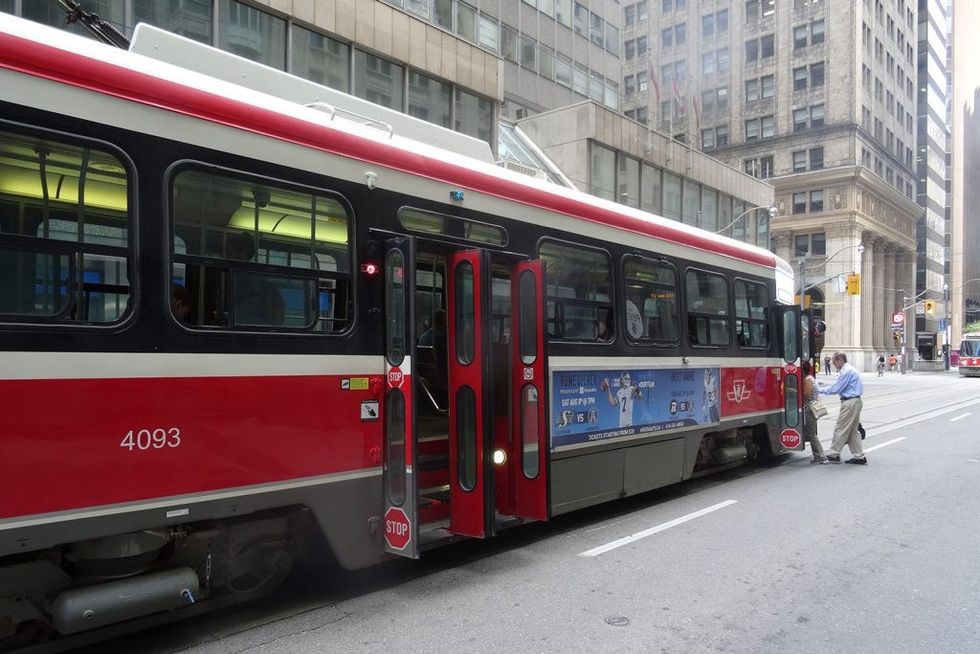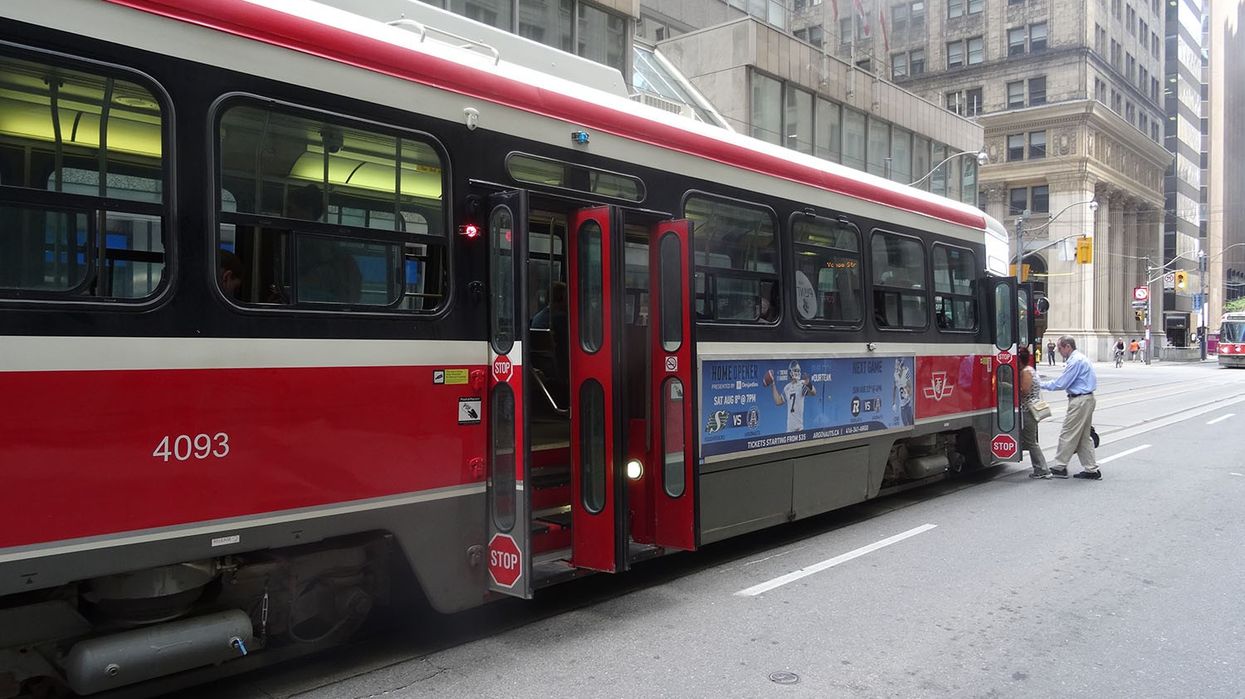
In the beginning was the street. And with the street came the city. They were two halves of a larger whole. Then came the car, and the city and street were torn apart.
And so, decades later, streets in Toronto and countless other cities can be divided into two categories — those built before the car and those built after. Almost without exception, we prefer the former to the latter.
The reasons are many and varied. But the essential difference between is older streets were designed for people.
In the 19th century, Toronto streets had to accommodate carts, wagons, carriages, trolleys and the quadrupeds that hauled them. But bipeds were part of the mix. Because compactness was also a requirement, streets tended to be narrower than those we construct today. In addition, the buildings that lined them had to be connected — to one another as well as the street.
The arrival of the car threw this dynamic out of whack.
Cars moved quickly, which meant pedestrians had to be kept off the street. Cars also needed places to park, which required space, much of it on the street. That further limited access to the roads, which by then had become dangerous places to be avoided — places where crossing guards were needed to keep kids from being run over and killed.
In time, this all began to seem normal to city-dwellers. But decades later, people have had enough.
Streets comprise more than half the public realm. Urbanites want to reclaim at least some of that space for uses other than driving. Most obviously, cyclists want their own lanes. Pedestrians want safer and wider sidewalks. Transit riders want better service.
Which brings us to the King Street Pilot Project.
Implemented in November 2017, it changed how we use the road, severely restricting vehicular traffic to free up the roadway for streetcars. Though a handful of local restaurateurs claim the reconfiguration is killing their business, most agree the pilot has been a huge success.
The King streetcar, which formerly carried a staggering 65,000 passengers daily, now moves 84,000.
And despite the complaints, data collected this month paints a different picture.
According to a city report released in February, "Preliminary findings indicate that customer spending since the pilot began is in line with seasonal spending patterns over the past three years."
Equally remarkable, perhaps, streets near King — Queen, Richmond, Adelaide, Wellington — have not been overwhelmed by a sudden surge in traffic.
In other words, the King Street Transit Pilot has met and even exceeded expectations.
Though the changes won't be made permanent until the end of the year, it's already clear they're here to stay. Polls show Torontonians generally support the changes, though less so in North York and Etobicoke than in the downtown core.
The question now is which street will be next — Queen? Dundas? College?
Ideally, of course, all would be remade, and probably will in time. But Toronto is not a city that welcomes change.
The current controversy over narrowing Yonge Street between Sheppard and Finch from six lanes to four is an example both of our attachment to the car and preference for the status quo. Though local residents would prefer to have a main street running through their neighbourhood than a highway, Mayor John Tory opposes the plan. He says it would exacerbate congestion.
This conflation of cars and mobility will make altering Queen and Dundas problematic. The most likely candidate is probably College. More specifically, the 506 streetcar, which east of Yonge, travels along Carlton, and east of Parliament, on Gerrard.
College, which remains largely 19th-century, is one of the most beloved streets in the city — and for obvious reasons.
Encompassing everything from Little Italy and the University of Toronto, it is a destination as well as an important artery. Though Carlton isn't as charming, whole stretches remain untouched since the 1800s, especially between Sherbourne and Parliament.
Even on Gerrard, the streetcar is ideally suited to moving people along a thoroughfare that travels between Little India, Chinatown East and beyond. Because of their fine-grained streetscape, the vibrancy and variety of their offerings, these streets are pedestrian magnets for tourists and locals alike.
But as anyone who relies on the 506 streetcar can confirm, service is spotty at best, infuriating at worst. Though not as busy as the King car, it moves 40,000 passengers daily. Yet if changes were to have the same impact on College/Carlton/Gerrard as on King, where ridership grew 16 per cent, it would carry roughly 47,000 passengers — the same number as the Sheppard subway.
And by applying the lessons learned on King, implementing a College Street pilot could be much smoother.
It was a mistake, for example, to start in winter and, worse still, before the public realm changes were complete. Lined with concrete barriers and temporary boarding platforms, King has the messy look of a construction site. Such is the nature of a pilot project, which by definition is temporary.
Still, the experience would ease the transition on the College line. Second time around, people would not just know how it ends, they'd arrive that much sooner.





















